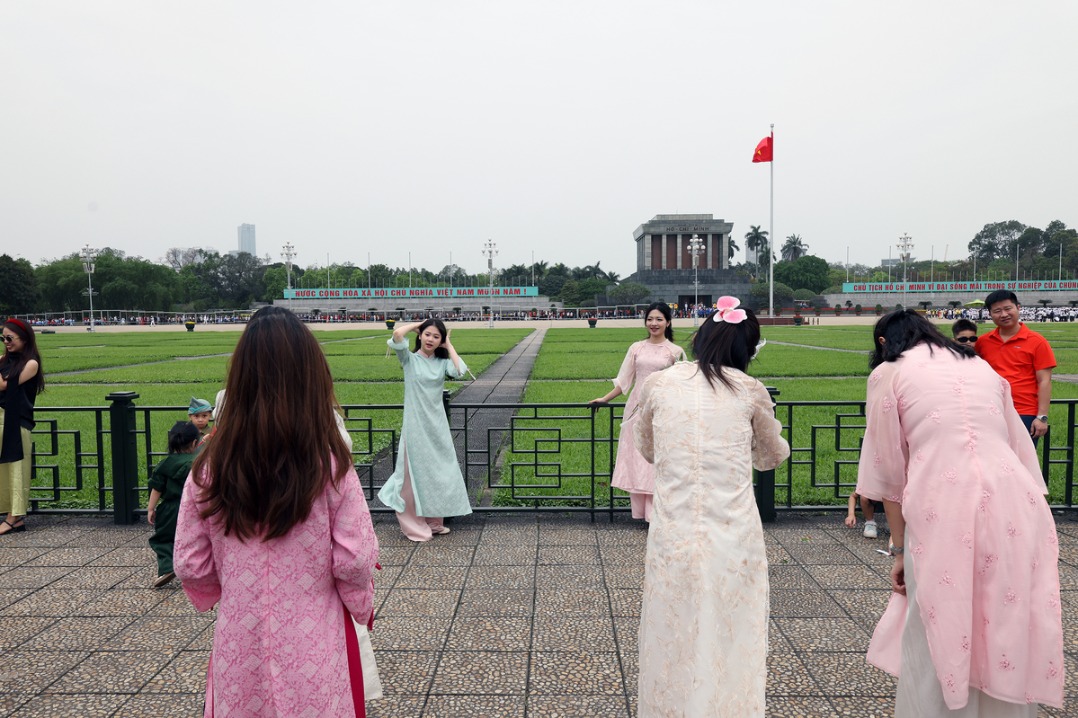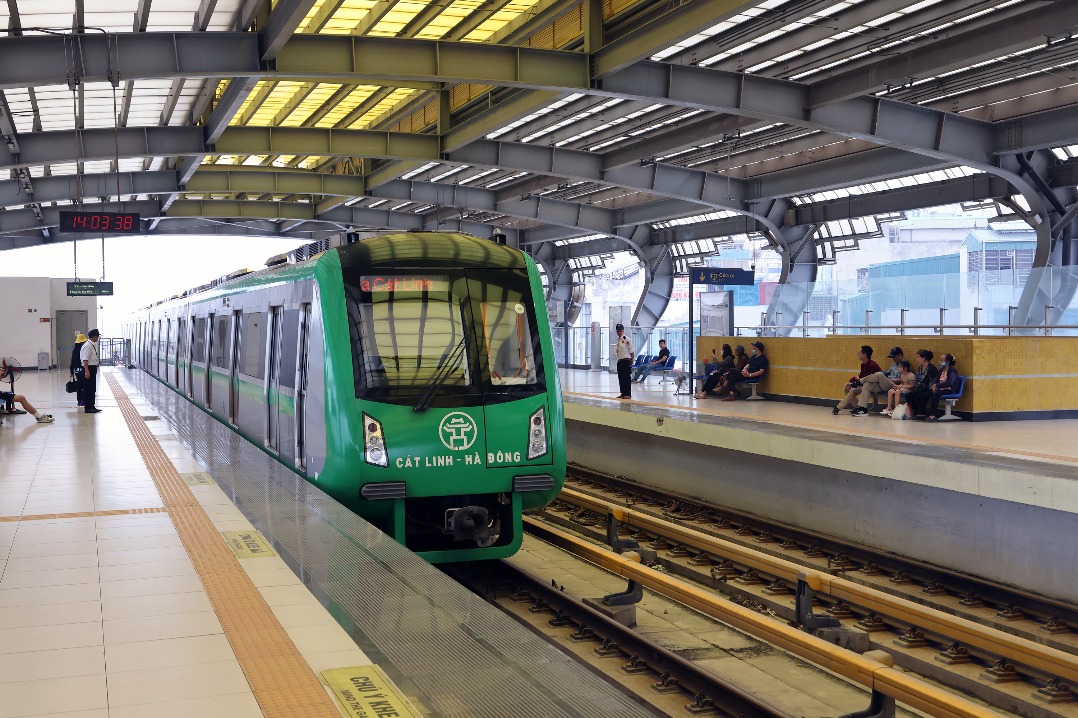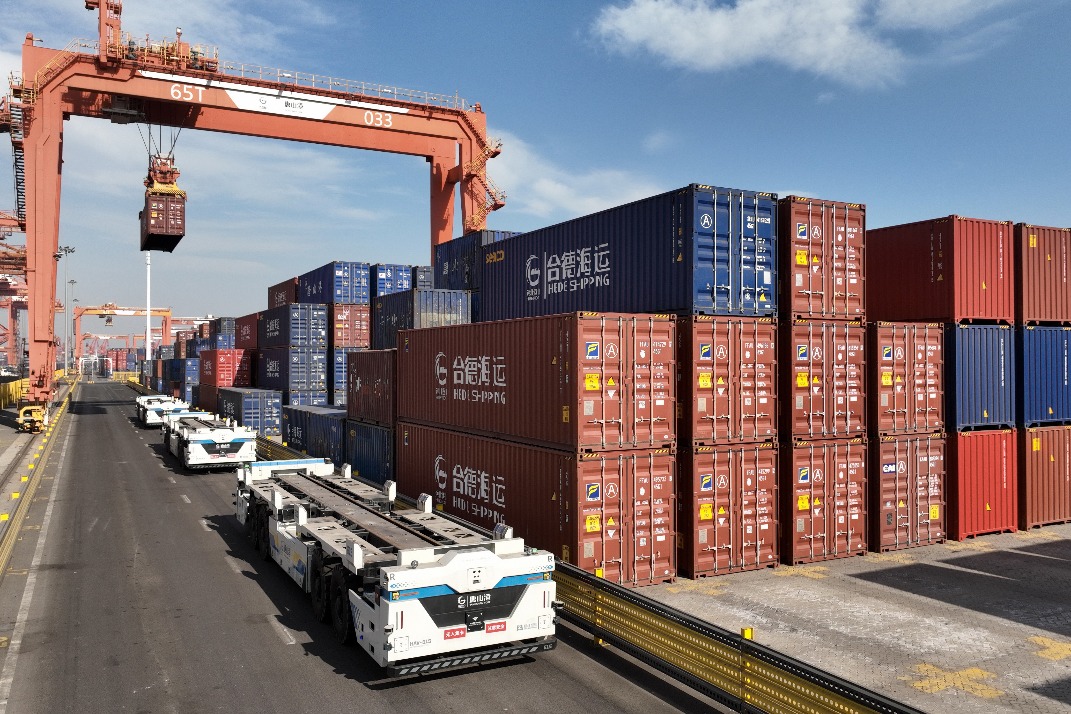Molding the future of an ancient craft
By Yang Feiyue/Zhu Youfang | China Daily | Updated: 2022-12-01 07:35

In 2005, he designed and produced a mural for Changsha's Fanhou Street that reflected the charm of the historical block.
Whenever Liu hears about a new source of clay, he will always drive there to check it out.
"Selecting good clay is a prerequisite for good porcelain, and the different quality unearthed in different places can easily lead to problems in material proportioning," Liu says.
How the items are placed in the kilns also matters.
The temperature inside the kiln varies, and the temperature of the fire at different locations in each kiln is not constant. They can be subject to weather, wind direction and many other factors, all of which require long-term experience in order to make the correct judgment, Liu explains.
However, Liu says no one in the trade can ensure that every piece of work is a success, no matter how experienced the person is, including himself.
"Any slight deviation in any process can ruin all the work," he says.
In recent years, Liu has incorporated many new ideas while inheriting the traditional firing technique of Tongguan kiln ceramics. Through many experiments, Liu reconfigured the clay, so that the teapots are of more consistent texture and able to accommodate more sophisticated artistic carving.
























